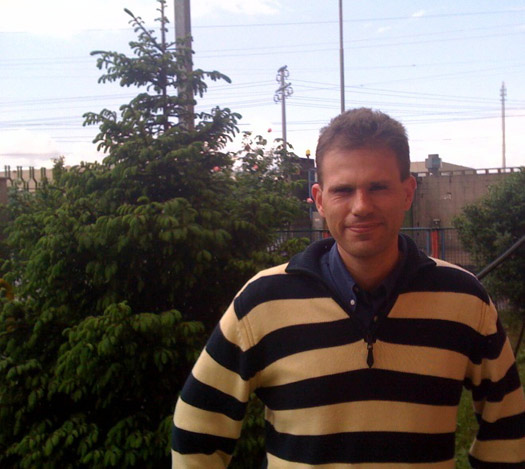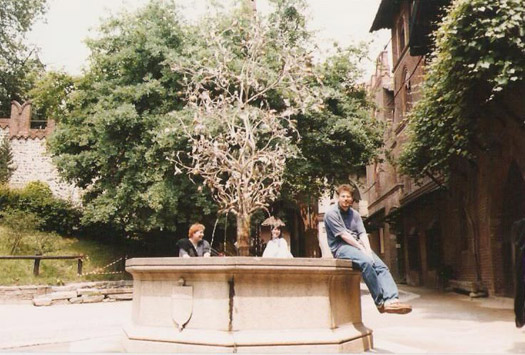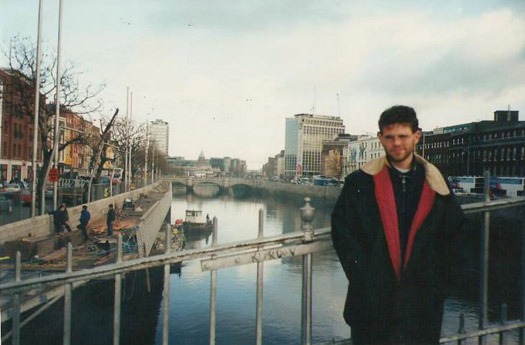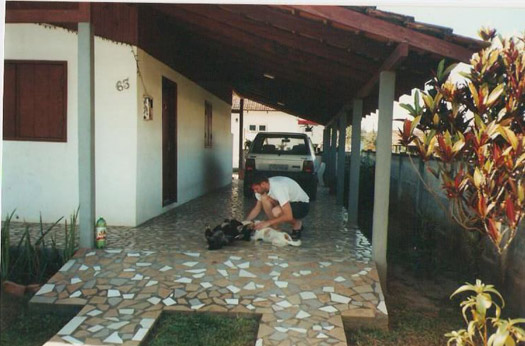
Tell us about yourself.
I live and work near Milan, Italy. As far as I remember, I’ve always been attracted by unconventional things like free software, green energy, fair trade, and in the last few years I became increasingly interested in the future of technology and its impact on the human condition.

What drew you to TED?
During the fall of 2006, I happened to read The Singularity is Near, by Ray Kurzweil. Page after page, this book impressed me so much that when The Singularity Institute launched their website, I immediately visited it. TED.com was mentioned as a favorite blog. “Ideas worth spreading … it seems interesting,” I thought. “Let’s browse it a little!” And so the story began!

Why do you translate?
No matter how many foreign languages we study, most of us primarily work, talk and do searches in our native languages. But this tends to keep us from a huge repository of knowledge, fun and emotions stored out there on the Internet, just because it’s in a different language. My effort as a TED translator is only a small contribution to change that. Realizing that a few hours of my time could give tens of millions of people better access to TED’s content was something that really motivated me to start.
Month by month, the project evolved into a highly interactive experience. Since May 2009, the very beginning of the Open Translation Project, many people have written me just to say how happy they are to see such amazing content translated in Italian. I truly feel rewarded for all of the time and hard work it takes.

What are you favorite talks? Why?
TEDster Jay Walker says it best: “TED is all about patterns in the clouds. It’s all about connections. It’s all about seeing things that everybody else has seen before but thinking about them in ways that nobody has thought of them before.”
I completely agree, and in fact my favorite talks are the ones where this “connecting” nature of TED shows up the most. In the hands of Chris Jordan, art becomes a tool for better understanding statistics. Alternatively, a statistician like Hans Rosling swallows a sword and transforms inexpressive numbers into a movie-like animation to show how the world is changing and the seemingly impossible is possible.
In my opinion, every time TED speakers do something like this, they’re not only delighting the public with their versatile talent. They’re also increasing the chances that two people as different as an artist and a statistician watch the same video, share it and publicly discuss it. This dialogue exposes each person to the other’s worldview, and they can mutually enrich themselves. In a sense, this spreads the chemistry of physically attending TED all across the world. As long as translators’ work helps this, it’ll definitely be worthwhile.
Comments (22)
Pingback: “Prikkel mensen om te ondernemen” | infeitehebiknietstezeggen